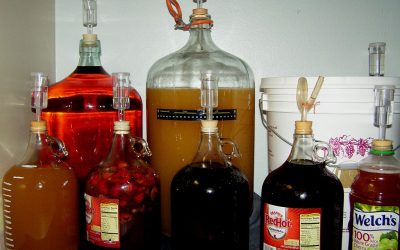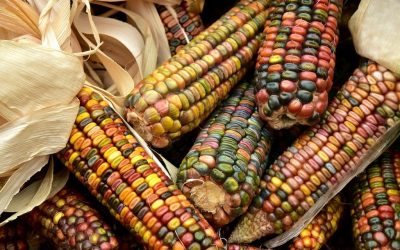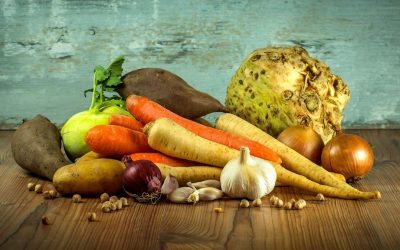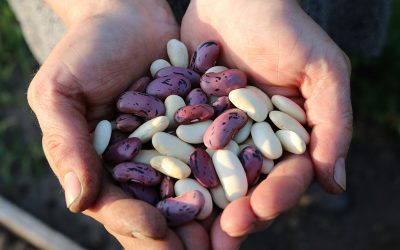Food is so basic to life, we rarely stop to think about it beyond the daily quest of ‘what’s for dinner?’ But in fact, everything about food is quite extraordinary. In the course of our long history, we have eaten pretty much anything and everything under the sun. But our incredible journey towards what we now consider our distinctive ‘cuisines’ only became possible once we learned to tame and utilize fire. That act was perhaps our most significant achievement in our entire history, for fire changes everything.
That meant first of all that we had to overcome a primal fear of fire, which we knew as an incredibly destructive force. Yet, we also realized some of its potential benefits. Only once we mastered fire became a primitive BBQ even thinkable.
We (and our ‘Hominid’ cousins) spent hundreds of thousands of years gathering and hunting and mostly consuming our food raw. Most Anthropologists accept a date of approximately 315 000 years ago as the earliest documented use of fire by early, not entirely modern Homo sapiens (evidence of burnt flint has been found in a Morrocan cave), although Homo erectus is thought to have been using fire as early as 1 million years ago.
But it is still a long way from the earliest controlled use of fire to roast a leg of antelope, to fine dining in Paris. And as so often, when the history of food is discussed most of the kudos goes to men and their heroic hunts for woolly mammoth and the like. However, it was women and children, who gathered everyday staple foods, occasionally complemented by small animals such as rabbits.
Although people probably actively encouraged certain food plants and by way of creating ad hoc compost heaps close to their campsites in which their favorite species could thrive, humans gradually aligned themselves with certain plants, which they eventually domesticated.
When agriculture was ‘invented’ it revolutionized our way of life. The repercussions are still with us today. We traded freedom for food security (or so we thought, until the crops failed), and lay the foundations for property ownership, labor roles and relationships, and privilege. We also began to toil for our food, and pretty hard at that.
Despite the many negatives that can be attributed to the agricultural revolution, life, as we know it today, would never have been possible without it. But what is truly amazing about all this is the way in which we have developed so many different kinds of ‘cuisines’ and attended food rituals that are intricately linked to a specific culture. The very food plants themselves have often been deified and celebrated as the origin of culture itself. Thus it is hardly surprising that people all over the world feel so deeply about their cuisines and their special staple plants. Each bio-region has its own varieties that are specially adapted to the environmental conditions and climate of that place. The variety of food plants that we have developed by quite primitive farming techniques alone is quite staggering.
The industrial revolution has also industrialised farming. Thanks to heavy machinery we can work far greater areas of land and produce more food. However, this too has come at a great cost, especially to the environment. And, surprisingly, the number of food plants that we now consume and on which we rely has shrunk considerably. Variety exists in gardens, but the market place has different requirements – shelflife is far more important than taste.
From this very rough sketch of the history of food I just want to highlight some of the issues that make food and everything about it such a fascinating topic that is both fundamental and basic to our everyday experience as humans as well as a loaded topic with regards to politics, big business, conservation, inequality, and cultural identity.
This section explores some of these topics in more depths.
Preserving the Harvest (2)
What to do with all the excess fruit? Homemade wines and liqueurs may be just the answer to your bucketloads of fruit
Plant Profile: Corn (Zea Maize)
Plant Profile Corn, (Zea Maize), the ‘staff of life’ of the Americas, its history, mythology and uses, medicinal properties and recipes
Let Your Foods Be Medicines
Nutrition plays a vital part in maintaining good health. Common foods have healing properties, yet, are much safer to use than chemically more potent drugs.
Let them eat…beans?
Beans are rich in proteins and are a great meat replacement for a plant-based diet. But that is not all. They also have medicinal uses. Mucuna pruriens is especially interesting





